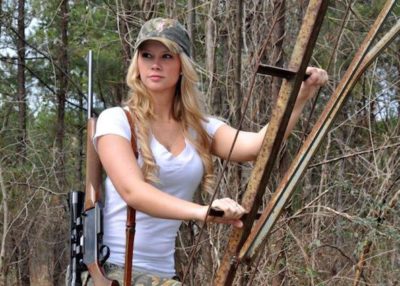The white-tailed deer population and hunting on Michigan’s Upper Peninsula may still be in recovery mode this season. While the winter of 2015 was relatively mild, the three previous severe winters are still having an impact on deer numbers across the UP. Deer numbers are still quite low, and at least one more mild winter is needed in order to begin seeing deer numbers truly rebound.
There are only three units currently open for private-land antlerless licenses in the Upper Peninsula, and no areas open for public-land antlerless licenses. The three open units are located in the south central portion of the Upper Peninsula, which typically has higher deer populations than anywhere else in the region. Antlerless permits are available in Deer Management Units 055 (Menominee), 122 (Norway) and 155 (Gladstone).

Deer on Michigan’s Upper Peninsula in Rebound
Despite last year’s mild winter, continued efforts to support the rebound of the deer herd after three previous consecutive severe winters for the UP remain. The Upper Peninsula will have its second year in a row where archers will not be allowed to harvest antlerless deer with either the single deer license or a combination deer license during the archery season. Whitetail hunting on the Southern Lower Peninsula as well as the Northern Lower Peninsula of Michigan look much improved, however.
Bowhunters may only harvest antlerless deer if they have an antlerless license. This change does not affect the Liberty or Independence hunts and does not affect mentored youth hunters.
Deer, Hunters Head for Mast on Upper Peninsula
Apple production appears to be high this year, while acorn and beechnut production is spotty, so those deer hunting will need to seek these areas out to determine which trees may be producing. Even though conditions throughout much of the summer were hot and dry, there was enough rain toward the end of the summer to have a productive growing season, giving deer many other food sources to seek out.
In general, deer hunters should expect to see about the same number of deer as last year in the Upper Peninsula of Michigan. However, the 2.5-year-old and 3.5-year-old age-classes are still very low since they were most affected by the severe winters.
Keep in mind that each area is influenced by local factors and conditions that affect deer density and sightings in that area. The largest bucks (heaviest and largest antlers) typically come from agricultural areas, but nice bucks are also taken from forested areas where hunter access is limited and the deer have an opportunity to grow older.